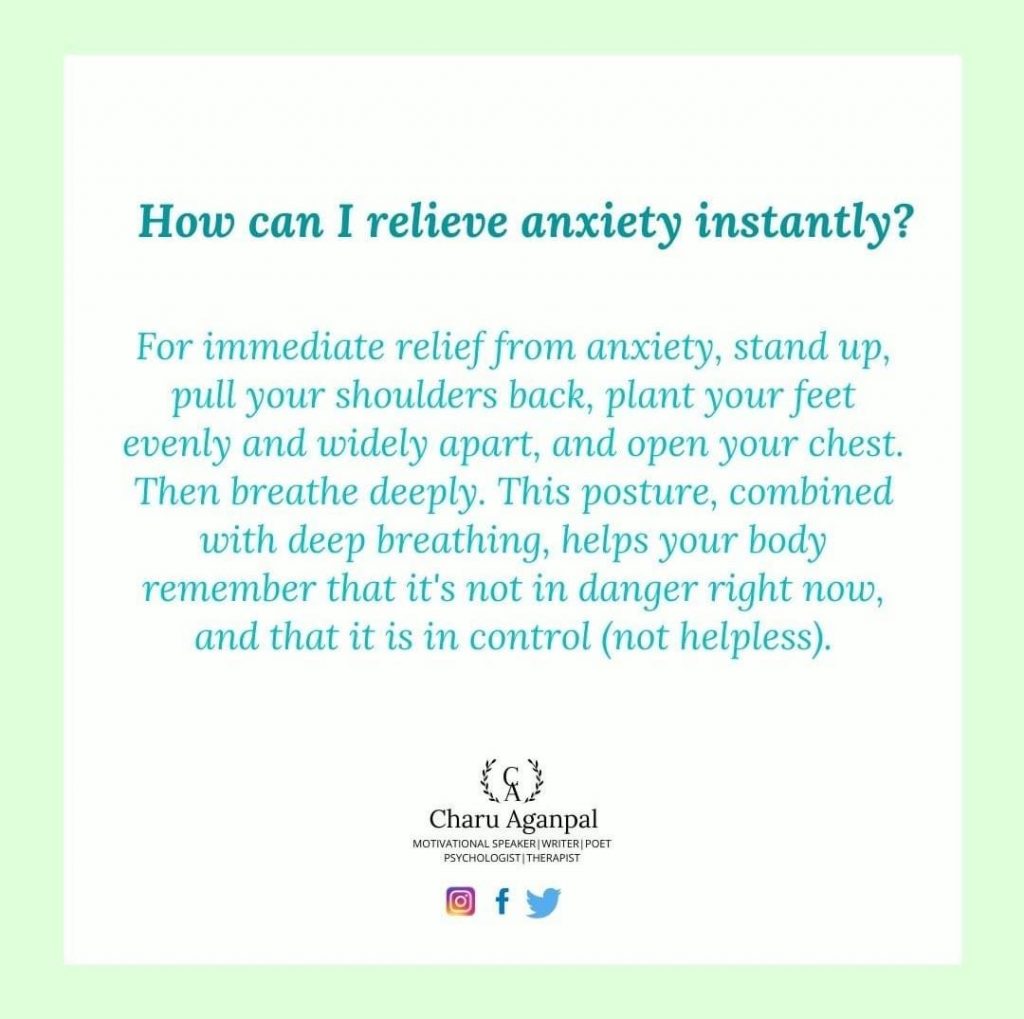Anxiety & You
Feeling anxious is a normal human emotion. Worrying about our lives and livelihoods at a distressing time like this is reasonable, but if you feel like worrying is taking up too much of your time and is not letting you function properly on the regular, then what you are going through is more than just a mere feeling and should definitely not be ignored.
If you have-
- A persistent worry about small topics and/or events
- An intense, irrational fear of everyday situations
- Worry and anxiety that hinders your ability to go about your daily tasks
Then you could be suffering from an anxiety disorder. Symptoms of anxiety disorders can vary from having an inability to concentrate, to physical symptoms like diarrhoea and breathlessness. According to WHO estimates, 38 million Indians suffer from anxiety disorders.
The Diagnostic and Statistical Manual of Mental Disorders, fifth edition (DSM-5) classifies anxiety disorders into three categories-
- Anxiety disorders (include separation anxiety, social anxiety, specific phobia, panic disorder and generalized anxiety disorder or GAD)
- Obsessive-compulsive disorders (include body dysmorphic disorder, obsessive-compulsive disorder, and excoriation)
- Trauma and stressor related anxiety disorders (include PTSD, acute stress disorder, adjustment disorder, and reactive attachment disorder
DSM-5 criteria are used in diagnosing anxiety disorders by narrowing down the symptoms to give you an accurate evaluation, helping you receive effective care and treatment.
A challenging anxiety disorder to diagnose is GAD or generalized anxiety disorder. A person experiencing GAD may spend a majority of their waking hours worrying over something insignificant, or something that they could easily deal with. Physical symptoms like sweating, nausea and diarrhoea may also be seen in people suffering from GAD. The disorder is not often manifested as panic attacks, but only excessive and hindering worrying. This leads to misconceptions, and in turn causes a lack of proper diagnosis and treatment. GAD is assessed using the following DSM-5 criteria–
- Excessive anxiety and worry about day-to-day tasks and events, or activities. This kind of worry occurs often and is very clearly excessive. It is excessive in the sense that it outweighs the actual risk, and the worry exists even when there is no specific threat present regarding the matter. Such worry may also be accompanied by seeking reassurance from others.
- Worry is challenging to control and may begin due to something, but may shift from one topic to another.
- The anxiety or worry is accompanied by at least three of the following cognitive or physical symptoms-
- Edginess/ restlessness
- Easily tiring/ more fatigued than usual
- Lack of concentration/ feeling like the mind has gone blank
- Irritability (which may or may not be openly visible)
- Difficulty sleeping (trouble falling asleep or staying asleep/ restlessness at night/ unsatisfying sleep)
Diagnosis methods–
- A therapist may conduct a structured interview and ask a few standardized questions, and use the DSM-5 diagnostic criteria to make an assessment.
- Commonly used diagnostic interviews are the Structured Clinical Interview for DSM Disorders (SCID) and the Anxiety and Related Disorders Interview Schedule for DSM-5 (ADIS-5). There is a version of ADIS for children, where both the child and the parent are included in the interview. These interviews also evaluate the presence of associated conditions like depression.
It is important to realise that anxiety disorders are a serious threat, but you do not have to live with it. Postponing treatment and care can lead to you facing difficulties in your private, professional and social life. When left untreated, anxiety disorders are a deep and complicated loop that can be extremely overwhelming to deal with after a point. Seeking therapy is the wise and best decision for such disorders as they are easily manageable with professional help.
Treatment-
- Therapy is often the most effective option for dealing with anxiety, as the therapist can support you through seeing the reality of your worries.
- A very effective method of treatment is CBT or cognitive behavioural therapy, where psychologists help the patient identify their concerns and worries that lead to anxiety and teach them how to control their thought pattern, which can further help in decreasing the intensity of anxiety symptoms.
- A therapist can guide you into comprehending your fears in a rationalized manner. Therapy will give you a platform to recognize your fears and face them at your own pace. This can help you calm down and look at the cause of your anxiety from a fresh perspective and replace your negative thoughts with rational, positive ones. This way, the next time you feel anxiety washing over you, you can calm yourself down without feeling overwhelmed by the thought of having to face the anxiety itself.
Anxiety disorders are perfectly treatable and most individuals who suffer from it are able to recover within a few therapy sessions, and improvement is almost immediately noticeable.
If you feel like you might be suffering from one of these many forms of anxiety disorders, make sure you immediately ask for help. You can always overcome your fears.
Charu Aganpal
Hope- The Psychology Clinic
2142, Sector-28, HBC Near Geeta Hospital
Faridabad
To book your appointment, call or message on- 9999409435



